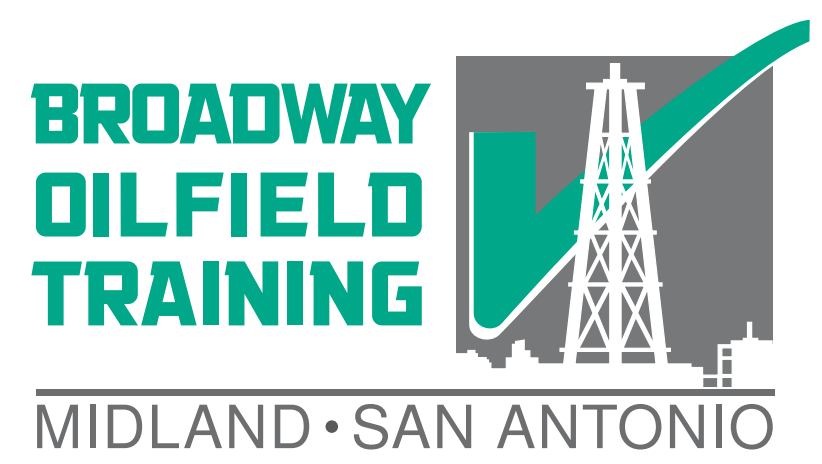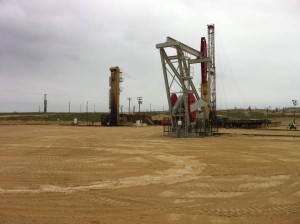ON THE JOB TRAINING
In the days before SafeLand, the South Texas oil and gas industry would have to pull untrained workers directly from San Antonio and other South Texas cities and send them directly to the rigsite. If the company did not have a RigPass or PEC safety training program, it was often expected that new hires would go straight to work with much less training than there is today. The phenomenon of being “fed by the fire hose” has given the oil and gas industry in South Texas and throughout the world a reputation of being both challenging and dangerous. While on the job training will always be important in the South Texas oilfields, pre-job oil and gas training is becoming more and more important and safety records are improving.
SAN ANTONIO OIL AND GAS ORIENTATION
For onshore orientations in South Texas, SafeLand is the premiere standard of training curriculum that oil and gas companies are looking for. IADC accredits the RigPass training program, which leads to the SafeLand endorsement, PEC and ETC also have SafeLand endorsements available in San Antonio. These programs are designed to give a broad overview of the hazards that are present within the oilfield such as personal protective equipment, H2S, and other safety training topics. It is important that all oilfield workers receive the SafeLand training before starting work so that they have some familiarity with the hazards and are an introduction to safety culture.
SPECIFIC PROTECTION AND SAN ANTONIO TRAINING
Oil and gas safety training should also focus on specific hazards such as chemical hazards, H2S, personal protective equipment, well control, and other safety training depending on the safety hazards at the job site in question. For jobs with chemical hazards, workers will need to receive a level of HAZWOPER training to specifically train for those chemical hazards. Following the training, the worker is to spend a day in a ride along role to further familiarize themselves and train for the oil and gas chemical hazards. Hydrogen sulfide, or H2S, is located in fields throughout South Texas and is an extremely dangerous gas and requires extra training so that all workers that may be exposed to H2S will be protected from it. Any worker that could be exposed to H2S gas will at a minimum need to be trained to the H2S awareness level and retrained yearly. Those workers working in action level H2S or other hazardous gasses will need to wear personal protective equipment to stay safe. The respirator will need to be fit tested to ensure that the H2S or other hazardous gasses do not leak around the face seal. Acceptable fit testing standards for H2S and other hazardous gasses are listed by OSHA. If you have any questions about programs needed, contact your oil and gas safety training provider.
Recommended Courses: PEC SafeLand, H2S Training
Notice: Article is provided as is and for informational use only. Eagle Ford Training San Antonio, its owners, instructors, and affiliates hereto referred as the company shall have no liability for and you shall defend, indemnify and hold harmless from and against any claim loss demand, liability, obligation, and expense based upon any injury or damage, spill or pollution, product liability, or any other loss that may occur. The liability for the use of information is solely yours notwithstanding any act of error or omission by the company.

